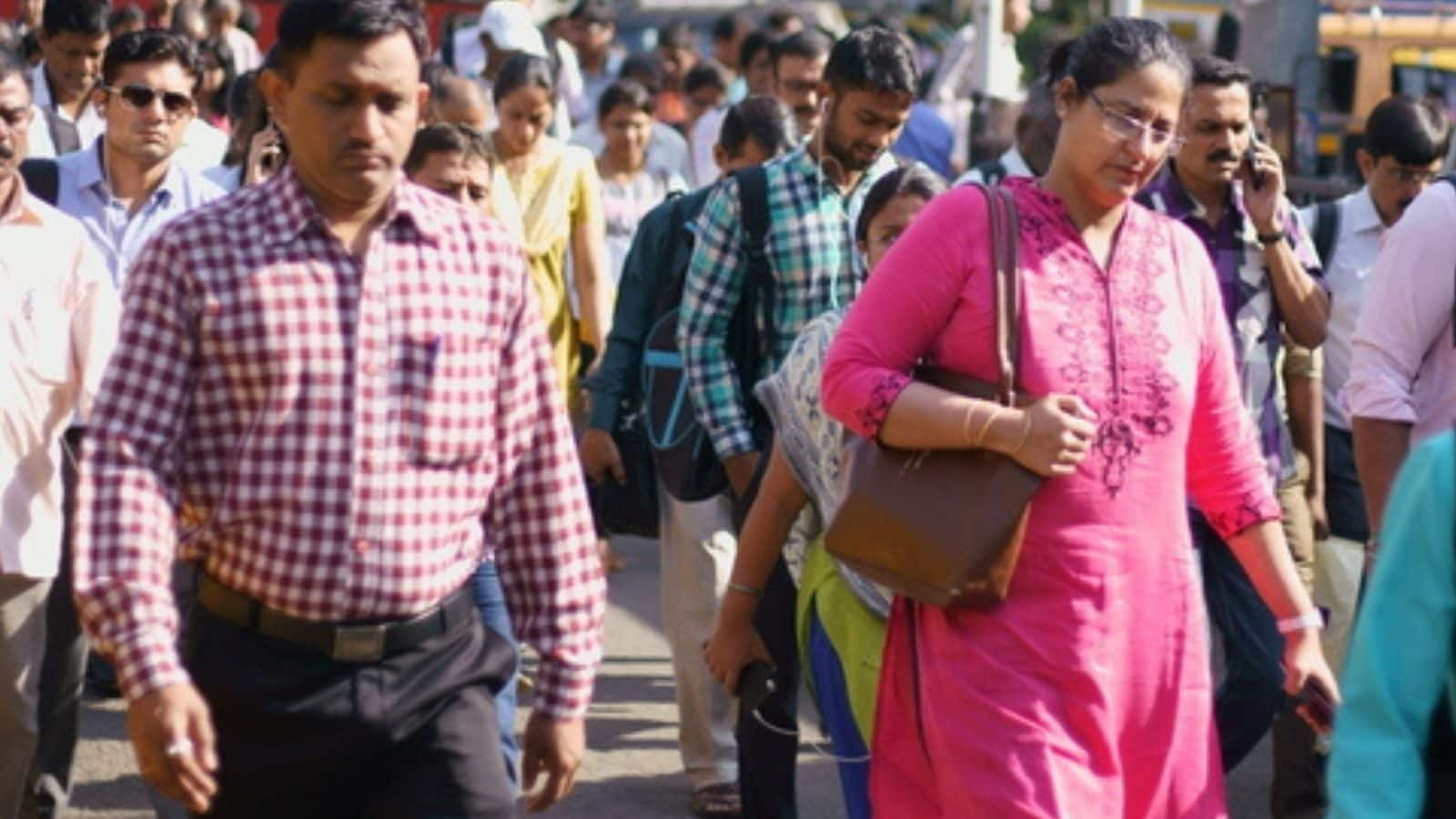While the University of Delhi (DU) is said to have the highest number of vacancies with 846 of its sanctioned 1,706 posts lying vacant, the University of Allahabad is said to have 598 of its 863 teaching posts lying vacant, the data claims. It reveals further that of the 18,911 sanctioned teaching positions in the 45 central universities, more than 6,000 are lying vacant. More than 50% or 23 of the 44 universities have over 30% vacancies and there are just three universities with less than 20% vacancies. Of the total 45 central universities, 33.4% of the sanctioned teaching positions are lying vacant as of April 1, 2021.
Laborious process
“Appointment of faculty members is a time-consuming process which requires the presence of the visitors’ nominee (in certain Universities such as DU, the President is the visitor), HODs, deans and representation from all categories for the selection process. To fill around 800 posts, it may take well over a year to complete the hiring process,” says acting vice chancellor PC Joshi, adding he was able to appoint only 44 faculty members over five months on completion of all the formalities. “For 30 vacancies, for instance, we may receive as many as 3,000 applications. Our job is to give every candidate a fair chance, even if it means interviewing 50 candidates over three days,” he says.
The number of vacancies will also go up with each passing year because of senior faculty retiring, hence, recruitments, Joshi says, should be taken on a war footing. “DU has been hiring guest faculty to tide over the faculty shortage, and they too are recruited through a stringent selection process, so quality of education is not the casualty,” he adds.
Quality at a price
Najma Akhtar, vice chancellor, Jamia Islamia University (JMI), holds a similar view. “The government is concerned that we should recruit the best quality teachers, a process which may involve several rounds of selection and advertisements, all of which take time and resources. Since we do not compromise on the quality of faculty who join the university — considering they will be nurturing several generations of students — getting the right candidate can often be a challenge. If we advertise and try to fill up all the posts at one go, we may not get appropriate candidates all the time. In such cases, we are left with no option but to re-advertise, which delays the selection process.”
The ongoing pandemic too has hindered the hiring process, believes Akhtar, as getting the entire selection panel and candidates to appear for the interview can pose serious mobility issues, specially for outstation experts/candidates. “Even online selections are ruled out, as there is no clear directive from the UGC to undertake the initiative,” she adds.
No dearth of merit
“Faculty posts lying vacant may also have a lot to do with bureaucratic inertia at the university level and hesitation in implementing the reservation norms on grounds that it will dilute the merit when it comes to hiring the right candidate,” says a faculty from a South-based central university on condition of anonymity. She feels that even if vacancies exist, they are not being advertised at the right time. “Positions lying vacant may have little to do with the dearth of qualified faculty, many of whom are coming back to the country from the West for better opportunities,” she says.
Some of the faculty members from the big cities are also averse to shifting base. While many of the new central universities are in the rural areas, a lot of the faculty members are reluctant to switch jobs, content to stay within their comfort zones, she adds.
Source link




